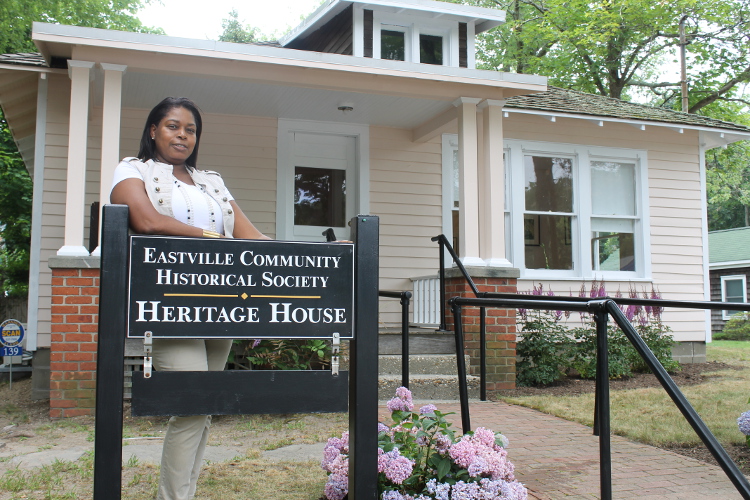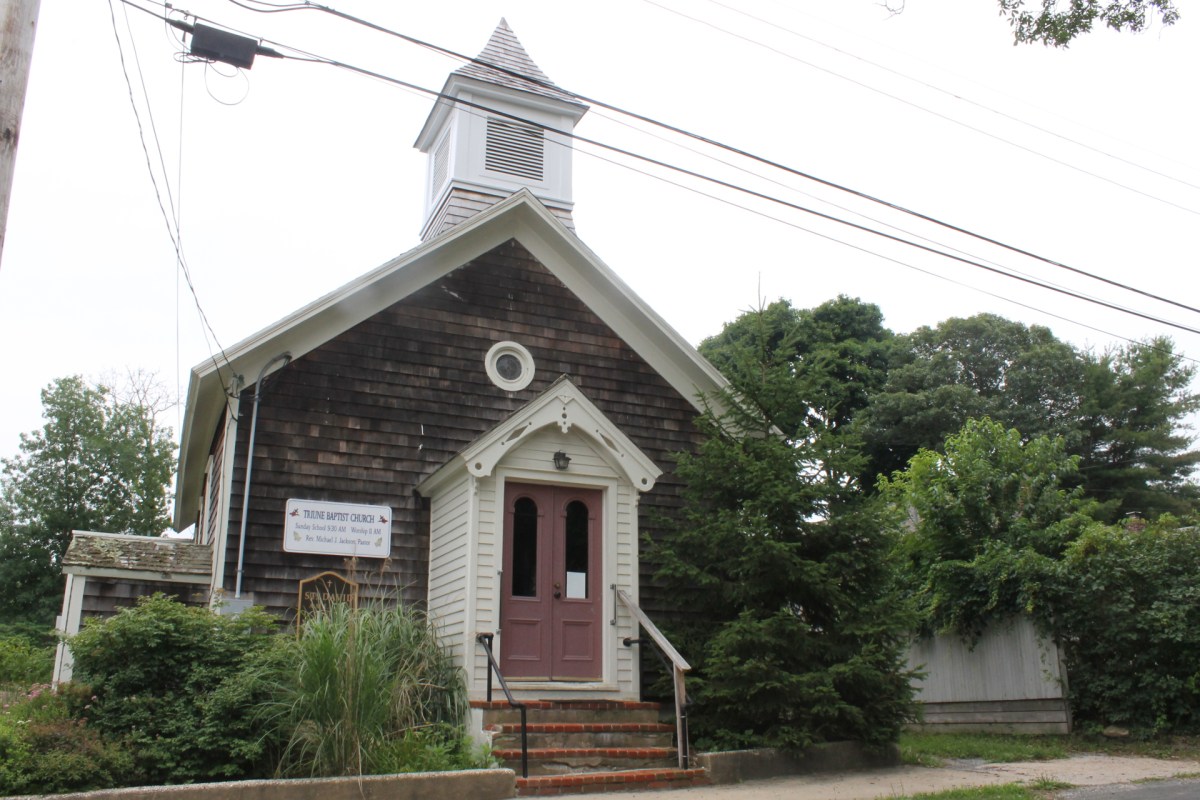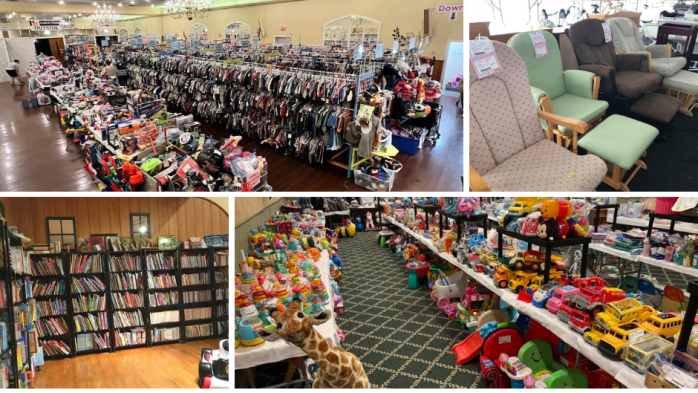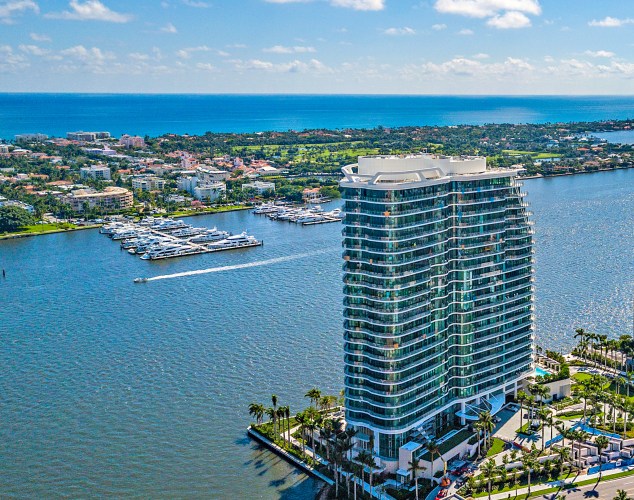This article is a companion piece to “Borne Out Of Racism, Defiant AME Church Preaches Social Justice Through Gospel.”
Donnamarie Barnes had such fond memories of her family’s bungalow on Lighthouse Lane in Sag Harbor that when it came time for her to settle down she decided to call the picturesque Hamptons village her home. The novelty of months-long summer escapes never wore off—and even till this day that childlike serenity swirls around her as she basks in the summertime joy that envelopes Sag Harbor.
The 55-year-old retired People magazine photo editor reminisces about summers in Sag Harbor: barbeques, rainy days at the movies, cooling down with spoonfuls of ice cream, making new friends. She was 6 months old when her parents first took the long trip from the Bronx to the East End of LI, a winding, scenic journey that took the family on the LIE and along Veterans Memorial Highway in Commack and then east through Riverhead. Once they saw the Big Duck in Flanders in the distance, the family knew their summertime oasis was close by.
“Hold your breath because we’re going by the duck farm,” was the joke in the car.
At the time, Sag Harbor was a black enclave that offered comfort the big city could not provide.
“It was family,” says Barnes. “The mothers would stay with the kids during the week; the fathers would be in the city working and would come on weekends. We would go to the beach. Every. Single. Day.” A smile forms as if Barnes is a teenager again.
In the 1800s Sag Harbor was a diverse community. Declared the first official port of entry for the United States by the Second Session of Congress in 1789, the village was a booming international whaling port—even boasting “more square-rigged vessels engaged in commerce than the port of New York,” according to the Sag Harbor Historical Society. Free blacks, Native Americans and Europeans mingled together despite disparate cultural backgrounds. It was their shared occupation that helped them coexist. Most of the men were whalers and merchants, meaning they’d be sequestered on ships for months at a time. Bonds were formed.
Those relationships were important because Sag Harbor wasn’t immune to the insidious spread of racism, which turned black Methodists into religious nomads.
In response, pious free blacks and marginalized Native Americans decided to build their own church in 1840, which was named St. David AME Zion.
Over the course of generations the congregation dwindled to the point where the AME Zion Church had to end its mission there. The church still exists but is now home to a Baptist congregation. In the 1980s the trustees of AME Zion Church signed the deed over to the Eastville Community Historical Society.
“It had this sort of aura of mystery to it,” Barnes says of St. David, which she never attended. “There was something about it that was important but I didn’t understand…there was a presence in these streets. That was comforting in a way—we were told this was a black community.”

On a humid summer day in Sag Harbor, Georgette Grier-Key of the Eastville Community Historical Society is leafing through piles of news articles about St. David’s AME Zion Church. Much of it has to do with old folklore about the church being a stop on the Underground Railroad and the trapdoor that was used to hide runaway slaves.
According to an April 14, 1988 issue of The Southampton Press, a black historian named Charles L. Blockson wrote an article in that summer’s edition of the National Geographic headlined “Escape from Slavery: The Underground Railroad,” in which he touched on potential routes through LI used to transport slaves.
“Portuguese fisherman,” Blockson reported, “are said to have conspired with members of the Shinnecock tribe to transport fugitive slaves from the north shore of Long Island into ports of freedom in Massachusetts, Connecticut and Rhode Island.” The Southampton Press noted that some “of these runaway slaves did not go further but remained in the area, intermarrying with the Shinnecocks.”
Whether St. David was indeed a stop on the Underground Railroad, we’ll probably never know. Still, the AME Zion Church was a refuge for the small whaling community.
Grier-Key makes the short walk across to Eastville Avenue and motions at St. David. The church’s wood siding is weathered and some overgrown shrubbery obstructs the St. David AME Zion sign. The church was remodeled in 1891—a half century after its founding. Not much has changed since then, allowing the church to maintain a semblance of modest beginnings.
Like many AME churches today, St. David was a safe place for locals to have social and political gatherings.
It was the “the nucleus of the community,” Grier-Key explains. “The community is a reflection of the church and the church is a reflection of the community. These are marginalized people.
“Basically the Native Americans have been run off their land so they have no place to go so they come here,” she continues. “African Americans come here because they hear there’s some lax rules, and there’s a colony of free blacks, so they know they’re welcome here. You have a lot of free people—emancipated people—from Virginia coming because they know there is a connection, there’s a place to worship, there’s other people that look like me.”

There were also those who arrived at St. David’s seeking sanctuary.
Even cemeteries were segregated, prompting St. David to open its own burial ground up the street.
“St. David AME Zion Cemetery CA 1857,” blares a historic marker along the cemetery. “Final resting place of early settlers, African Americans, Native Americans and European Ancestry.”
Rev. J.P. Thompson, St. David’s first pastor and a noted abolitionist who eventually rose to become an AME bishop, is buried there along with his wife. Thompson died in May 1862, according to his grass-stained tombstone.
St. David AME Zion Church’s congregation decreased so much over the years that it is now a Baptist church. But the historic building is still a reminder of how important it was—and still is—for disenfranchised groups to have a place of refuge. Those lessons are still being taught today.
“When most people are doing research on black history or black populations,” says Grier-Key, “they often start with the AME Zion Church.”
For more on the AME Church, click here




























